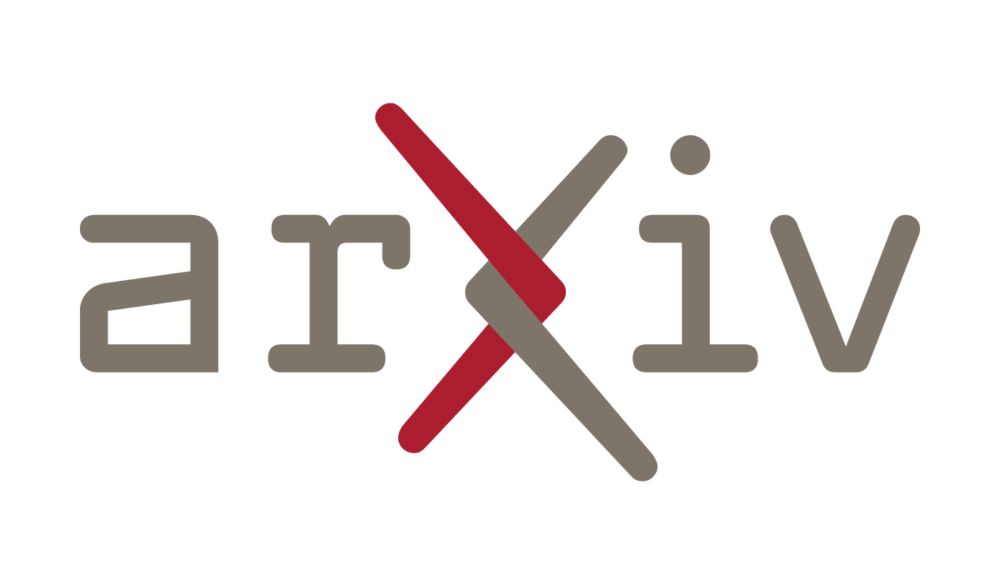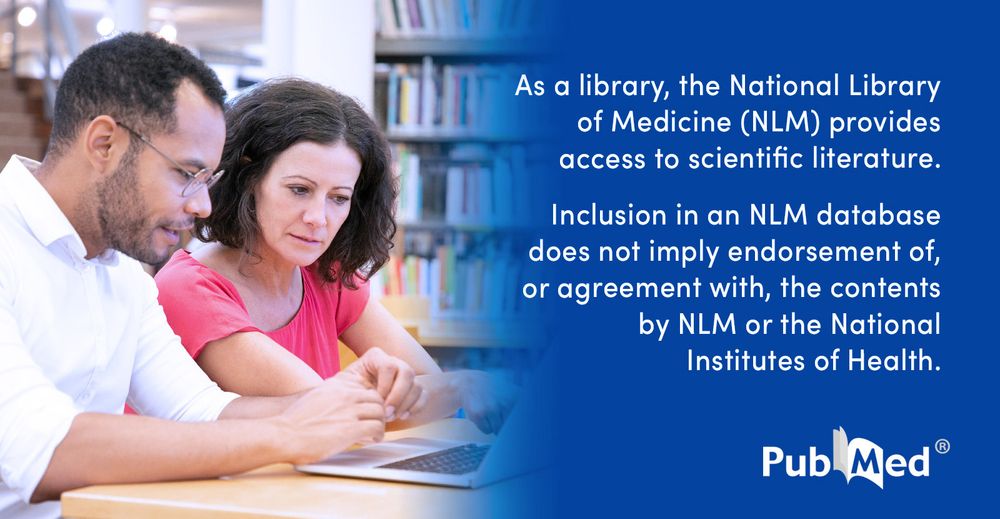Is there any movement to get them to stop showing players’ postseason stats on tv? I wanna know how good they are, not how lucky they were the past few games
29.10.2025 02:22 — 👍 0 🔁 0 💬 0 📌 0
And I now see how this doesn’t depend on intervention. Eg conditioning on being on earth induces associations between variables related to falling explained mathematically by Newton. So I think I fully understand now, thanks for bearing with the stream of consciousness if you made it this far!
26.10.2025 17:14 — 👍 1 🔁 0 💬 0 📌 0
(Didn’t Google Boyle’s law, hope I got it right)
26.10.2025 16:44 — 👍 0 🔁 0 💬 1 📌 0
I guess it doesn’t need to be as magical as fate. You could imagine presetting a machine to maintain gas pressure at some level however it needs to. Then temperature and volume become counterfactually related. And P=TV is a mathematical non-mechanistic explanation like you discuss in the paper
26.10.2025 16:43 — 👍 0 🔁 0 💬 1 📌 0
Ok, but now I’m back to my original understanding that the distinguishing feature of pre-selection is that it occurs via intervention and induces association via “fate” as in your fairy godmother example
26.10.2025 15:02 — 👍 0 🔁 0 💬 1 📌 0
Ok, but C is in the past of E and D, the exposure and outcome of interest? I think I'm being dense, so I won't ask you to explain again!
25.10.2025 22:55 — 👍 1 🔁 0 💬 1 📌 0
In M-bias, you’re conditioning on C, which is something pre-baseline like an eligibility criterion for a study. But it doesn’t arise from actually intervening to set C. Is that what makes predecessor bias different?
25.10.2025 20:56 — 👍 0 🔁 0 💬 1 📌 0
Ha, I don’t think anything’s wrong, but I think M-bias from conditioning on pretreatment variables is one common case of what you’re describing
25.10.2025 02:50 — 👍 0 🔁 0 💬 1 📌 0
Yeah I was asking about your pinned post paper, read it with great interest
24.10.2025 20:01 — 👍 1 🔁 0 💬 1 📌 0
Does predecessor bias have to come from a 'fated collider' that seems to maybe be a uniquely quantum thing? Or do you use the term to refer to any setting where conditioning on a pre-intervention variable induces an association? We call the latter case 'M-bias' journals.lww.com/epidem/abstr....
24.10.2025 15:42 — 👍 1 🔁 0 💬 1 📌 0
Causal people are usually interested in causal effects and would want to adjust away what we would call that spurious association. So we would just call it confounding adjustment. Maybe more descriptive people like demographers have a word for adjusting for confounding when you don’t want to
24.10.2025 05:04 — 👍 3 🔁 0 💬 1 📌 0
Forgot to say, 'we' is me and my phd advisor David Madigan, who took a break from being a provost to do research again. Nice reunion!
16.10.2025 02:52 — 👍 0 🔁 0 💬 0 📌 0
Next, we ask 'when will the key assumptions be satisfied'? We argue that under a causal pie model the answer is 'basically never'! But we think violations should be small in practice and provide sensitivity analysis.
16.10.2025 02:48 — 👍 0 🔁 0 💬 1 📌 0
Then we develop Neyman orthogonal estimators for when S is only independent of Y(1) given Y(0) and covariates.
16.10.2025 02:48 — 👍 0 🔁 0 💬 1 📌 0
First, we simply point out that you don't really need multiple studies. You just need one study and a baseline covariate S that you can use to make your own 'substudies' that satisfy their assumptions. This gives you more control over whether the assumptions are approximately satisfied.
16.10.2025 02:48 — 👍 0 🔁 0 💬 1 📌 0
Dare I say that this post is ironically on the verge of starting a lively debate?
05.09.2025 21:58 — 👍 1 🔁 0 💬 0 📌 0
Ha, yeah, that was "unconstructive".
Guess you can usually tell who wants feedback and who's celebrating from the wording of their post. Definitely shouldn't rain on people's parade when they're clearly celebrating
07.08.2025 16:57 — 👍 1 🔁 0 💬 1 📌 0
I'm sure this a subtweet of something that I wouldn't defend, but I do post papers here in large part to hopefully get feedback...
07.08.2025 16:31 — 👍 0 🔁 0 💬 1 📌 0
Basic idea is: you want to know the effect of some exposure on longevity (via MR). You don't know how long the people in your sample will live. But you know how long their parents lived. So you use sample's genes as IVs, sample's exposure, parents' lifespan as outcomes. When/why would this work?
06.08.2025 17:30 — 👍 0 🔁 0 💬 0 📌 0
For anyone who's interested in how deck chairs should be arranged on the Titanic, we have a short note on the assumptions/rationale underlying the use of parental longevity as a proxy outcome (increasingly common) in Mendelian Randomization: arxiv.org/pdf/2508.03431
06.08.2025 13:39 — 👍 1 🔁 0 💬 1 📌 0
7 year old son and 3 year old daughter trade Beatles and frozen songs on car rides and he always chooses this one because it’s their longest. I’ve developed quite an appreciation for it
05.07.2025 17:43 — 👍 1 🔁 0 💬 0 📌 0
That, Baby You Can Drive My Car, and Paperback Writer are Paul's trifecta of genuinely dryly funny but still musically great songs. Can't think of other examples of that combo in pop/rock, but sure there are some...
11.06.2025 05:15 — 👍 2 🔁 0 💬 0 📌 0
I’m triggered
17.04.2025 16:38 — 👍 1 🔁 0 💬 0 📌 0
Also bootstrap requires even weaker assumptions. I teach my students that a good rule of thumb is when in doubt, use bootstrap
09.04.2025 12:54 — 👍 2 🔁 1 💬 0 📌 0
The cartoonist you know and love. Alley Oop, The Nib, many more. (she/her)
Posting the worst medical takes. Have a submission? DM or @ me. #MedSky
mostly politics. some Seahawks.
Normal Man.
oh and one more thing
you aren’t going to like
what comes after America
Postdoc at the University of Manchester working on misinformation; Mum; #WomanLifeFreedom
https://sites.google.com/view/somayehtohidi/about
Physics professor at San Jose State. Quantum Foundations. Big fan of space and time, and also many things therein.
Biostatistician | PhD in Health Data Sciences
News and updates from the Munich Center for Mathematical Philosophy at LMU Munich. Disclaimer: reposts and likes are not endorsements.
Australian philosopher. Emeritus Bertrand Russell Professor & Emeritus Fellow, Trinity College, Cambridge. Early roles in @cser.bsky.social and
@cfi-cambridge.bsky.social. More: prce.hu/w
dottore, ingegnere, avvocato
When the Clock Broke: Con Men, Conspiracists, and How America Cracked Up in the Early 1990s — out now from
@fsgbooks
https://www.unpopularfront.news/
I am the king of the divan
Do you really don’t know?
(I’m a philosopher and historian of biology, interested in all things evolutionary, #genetic, or #cognitive. I find most things ridiculous.)
http://www.ehudlamm.com
More good things for everyone. Public sector appreciator. Tax and welfare policy knower. Hyperinflation doubter.
Former journalist running for Congress (IL-09) because we deserve Democrats who actually do something | katforillinois.com
Weeknights 11/10c on Comedy Central and Paramount+
I don't need it explained.
I have a PhD in philosophy and now I work in a library. He/him.
michaelbenchcapon.blogspot.com
https://www.twitch.tv/shaun_vids
https://www.youtube.com/@Shaun_vids
https://www.patreon.com/shaunfromyoutube
Writer for The New Yorker, social media addict
Writer, storyteller. Nebula, Hugo, Ignyte finalist. Work in
@strangehorizons, @Slate, @LightspeedMag etc. http://shivramdas.net.


